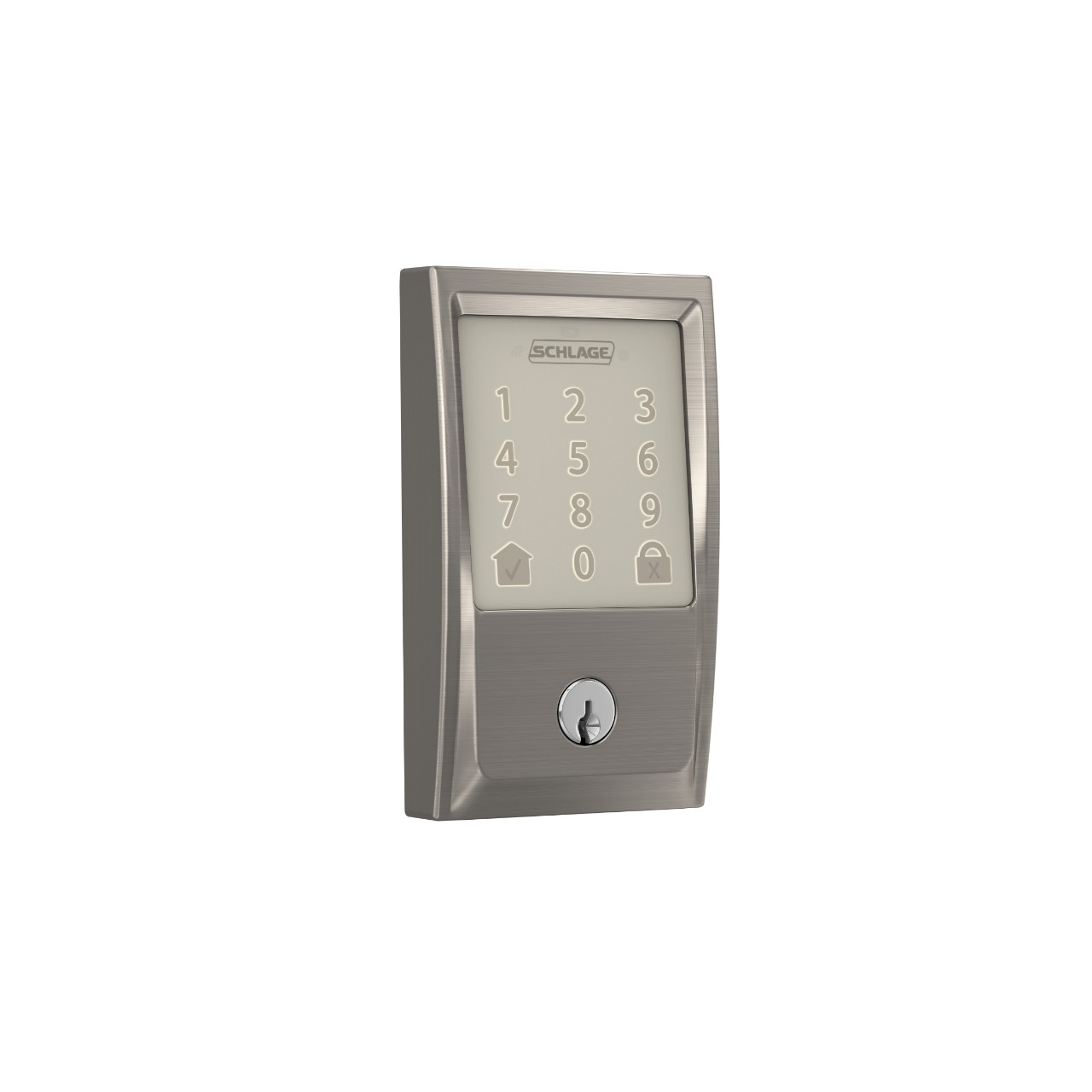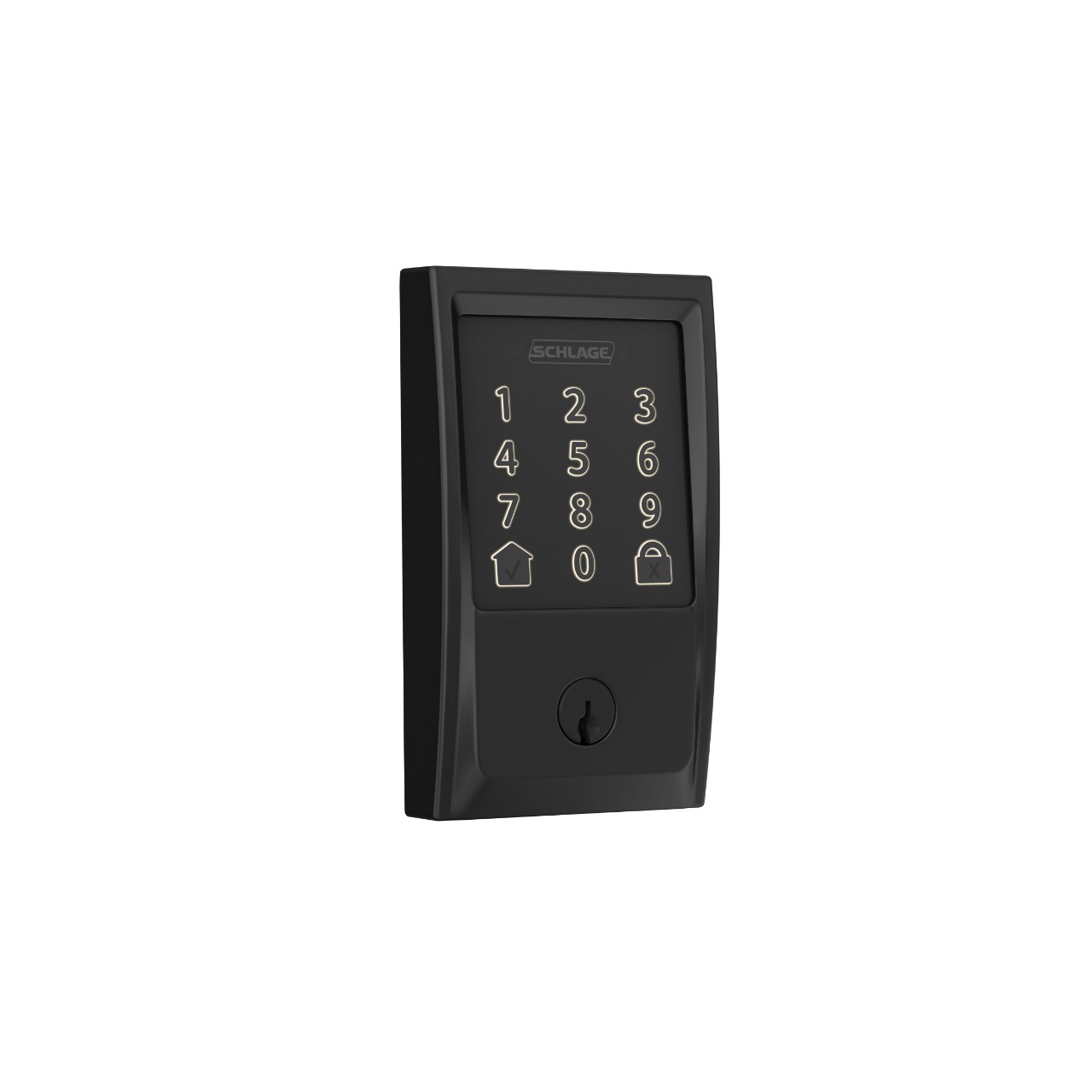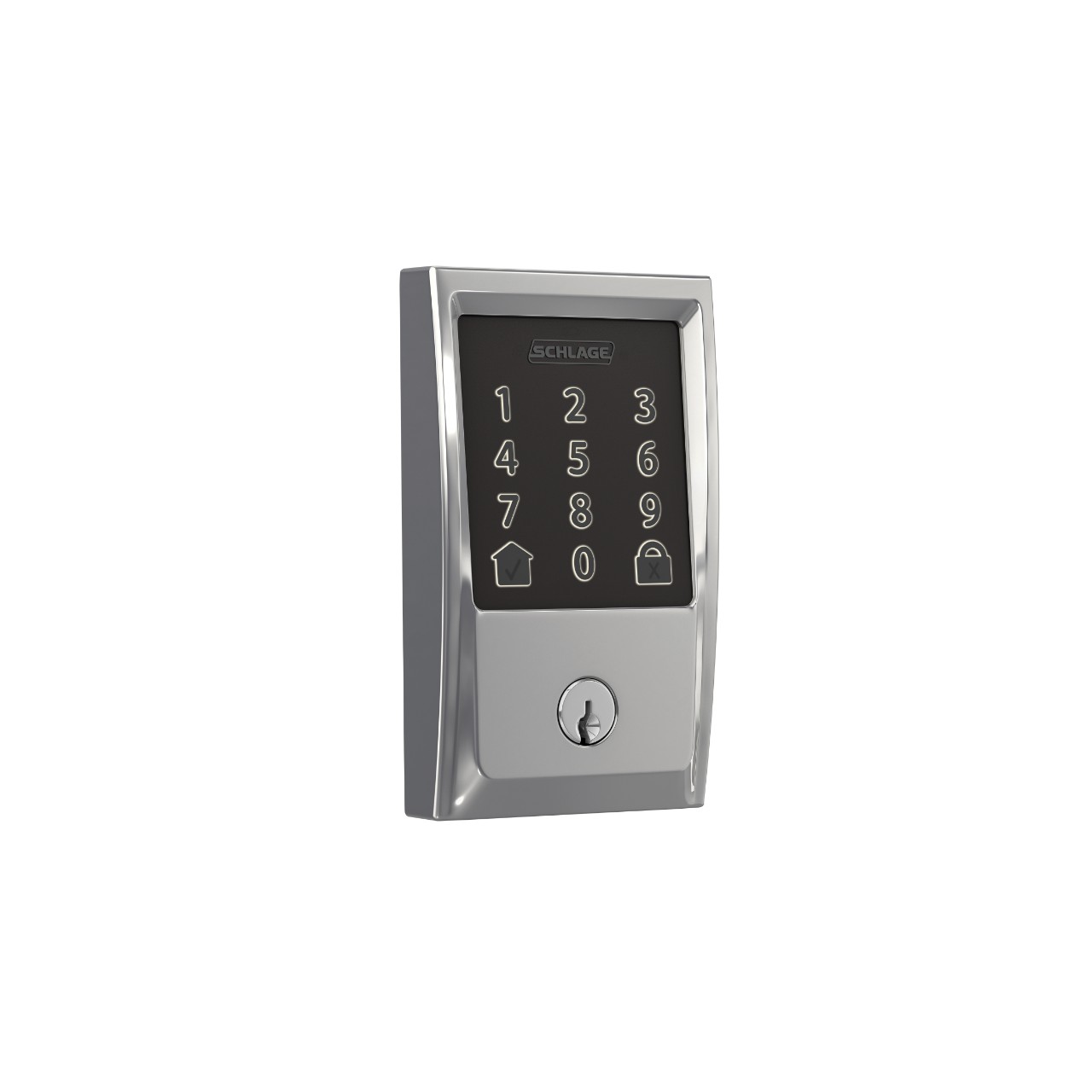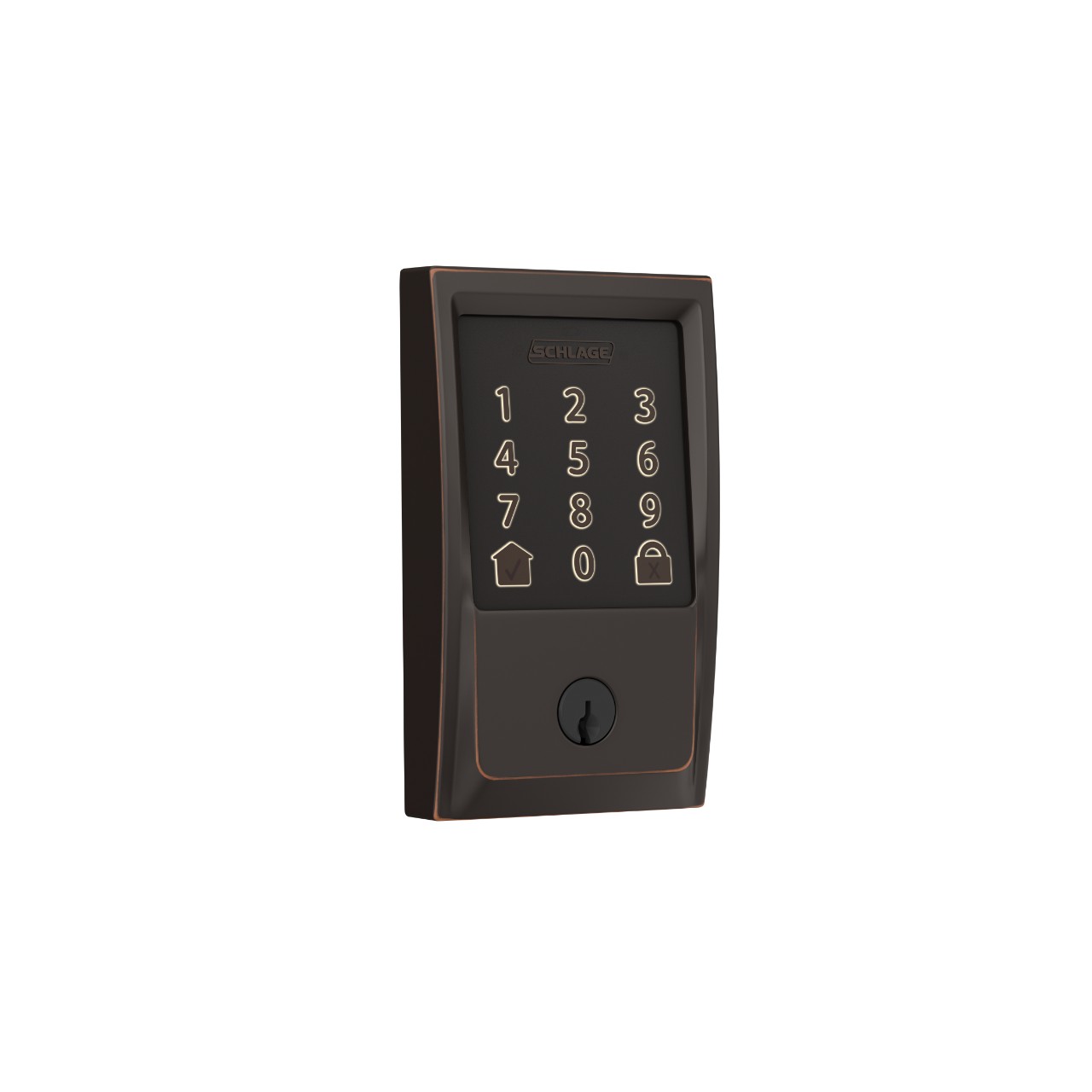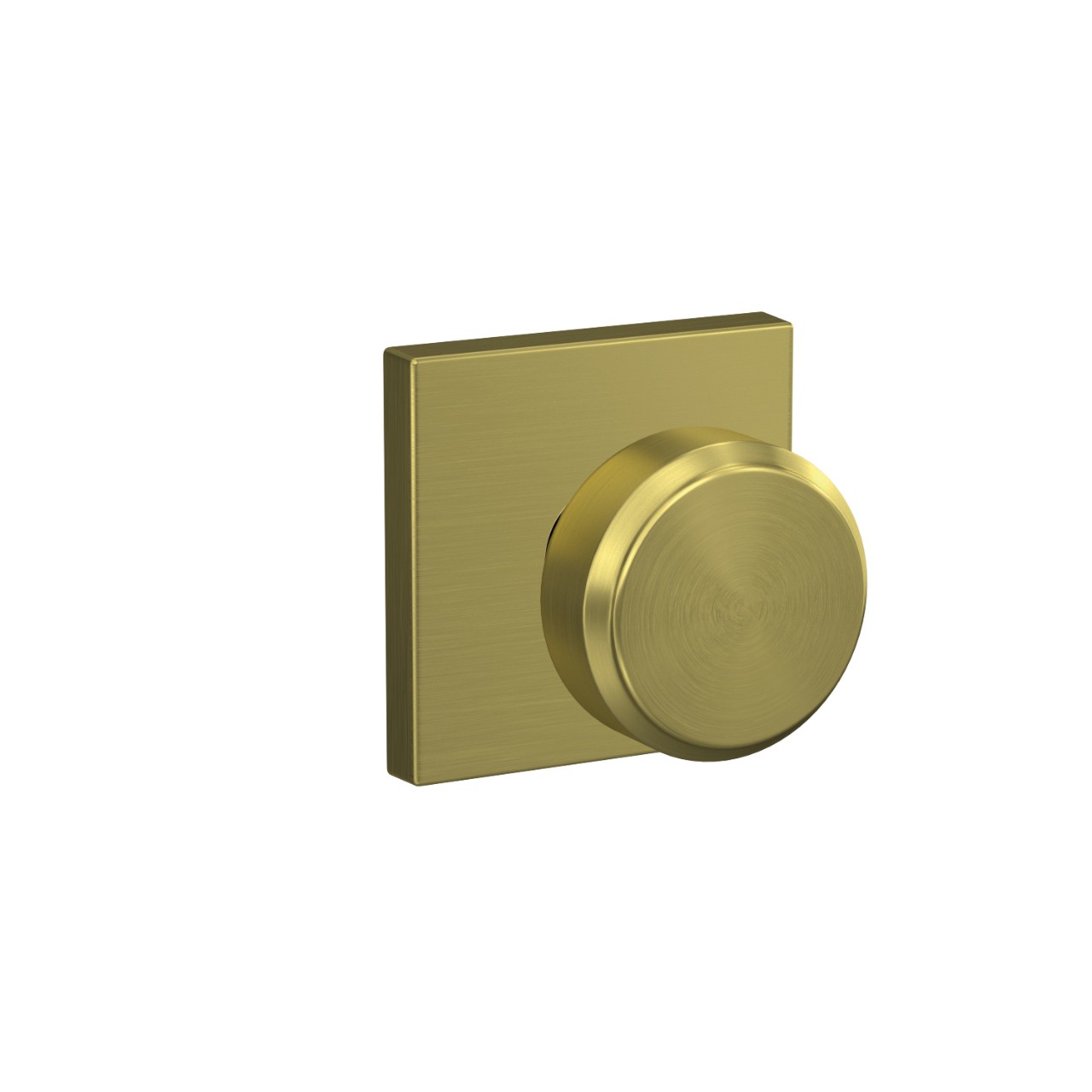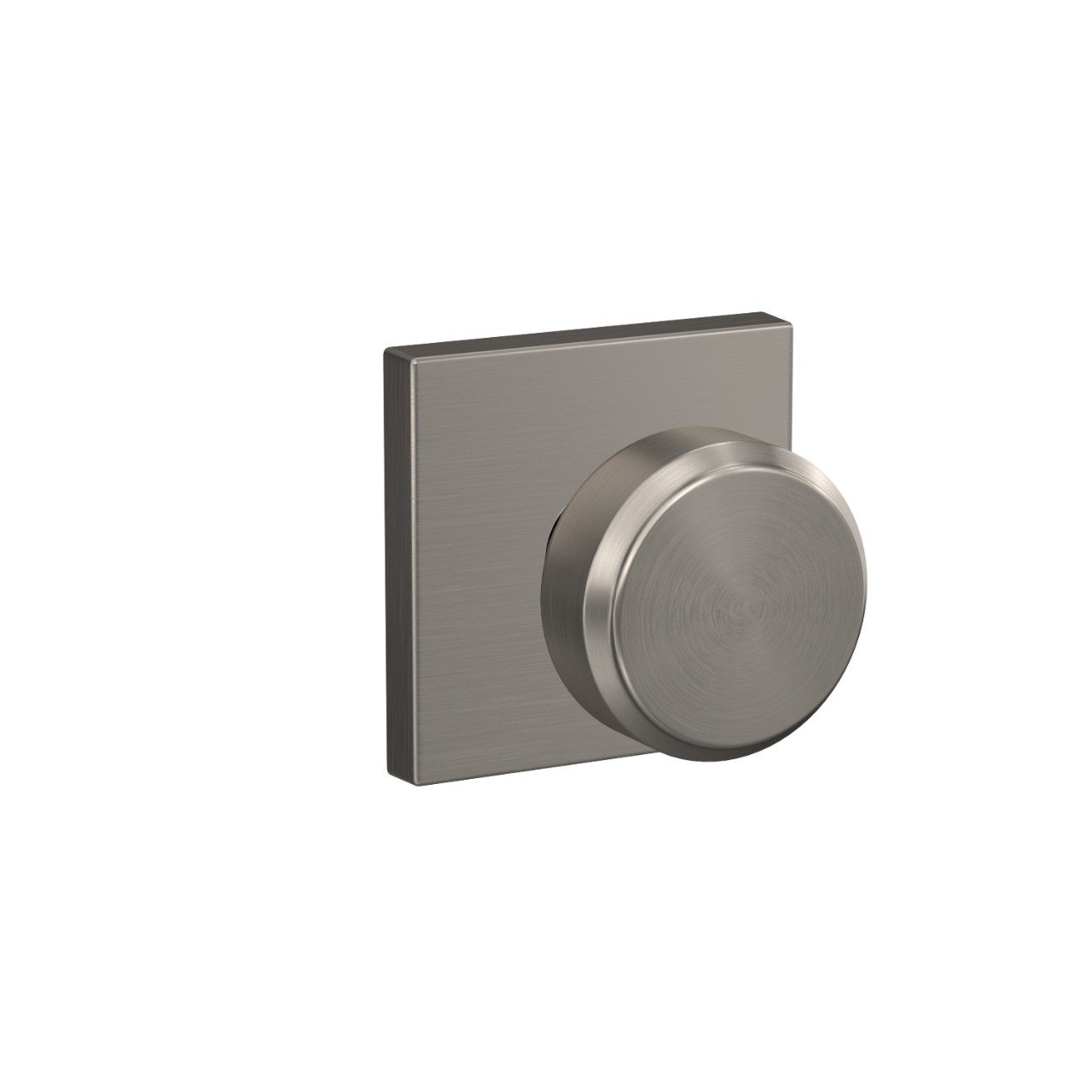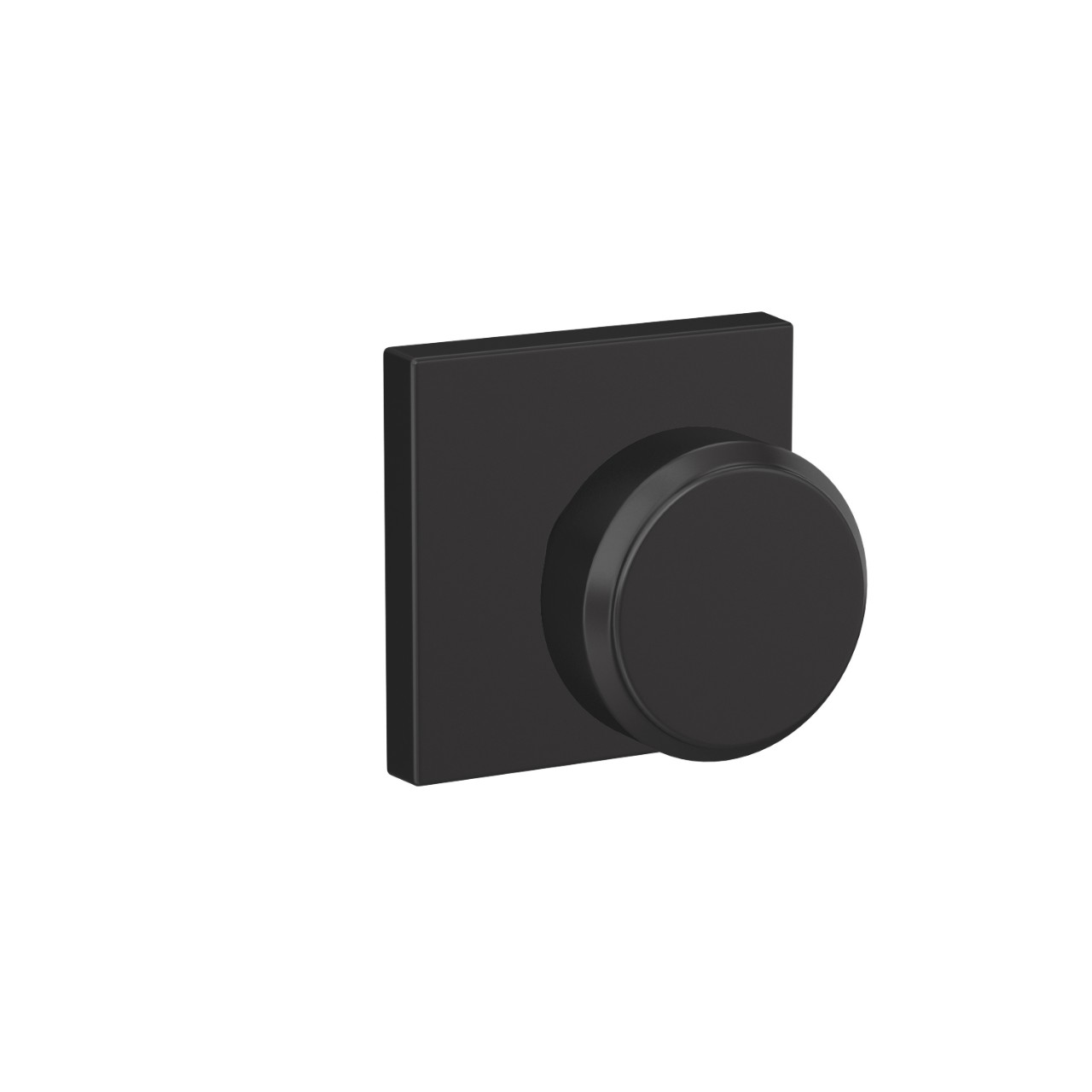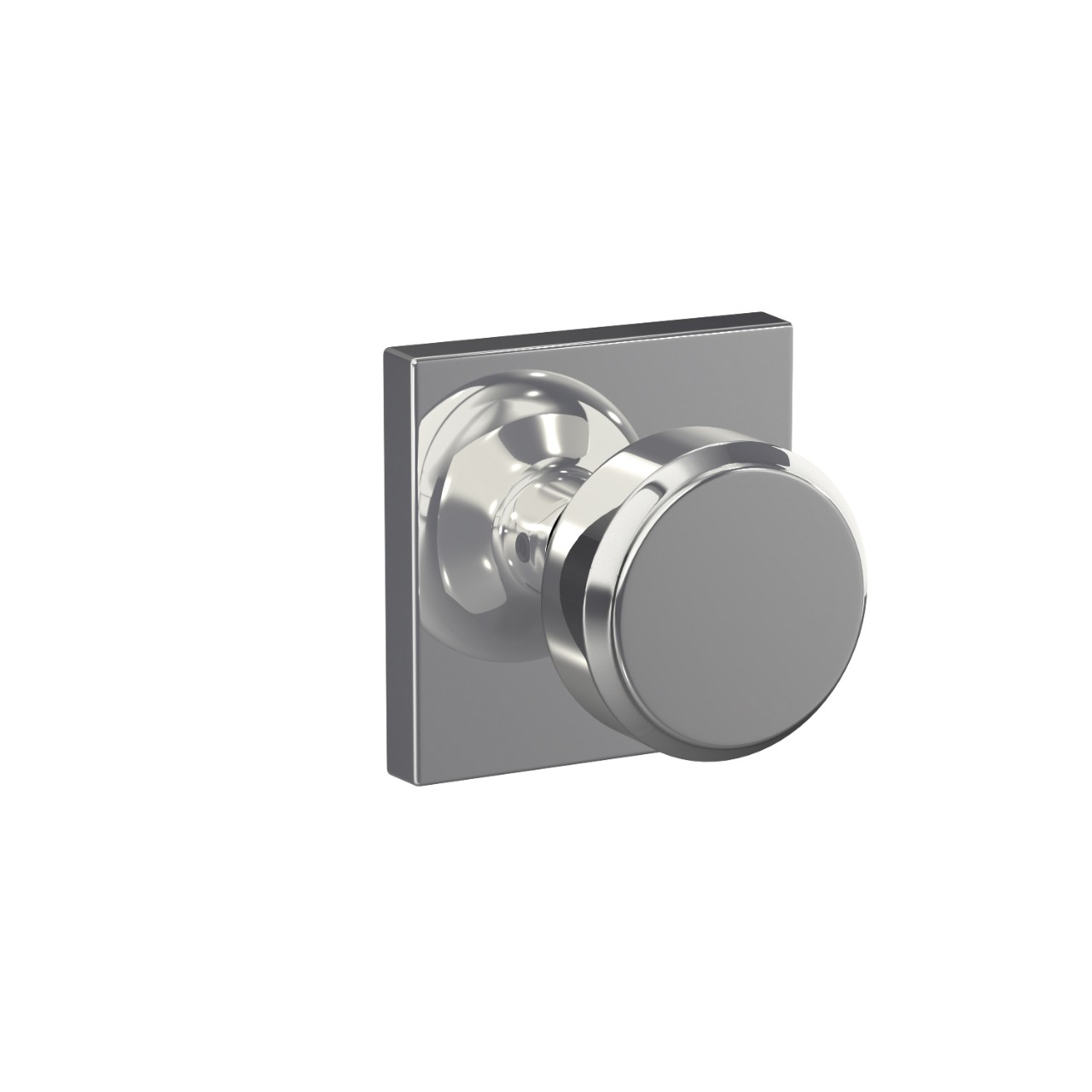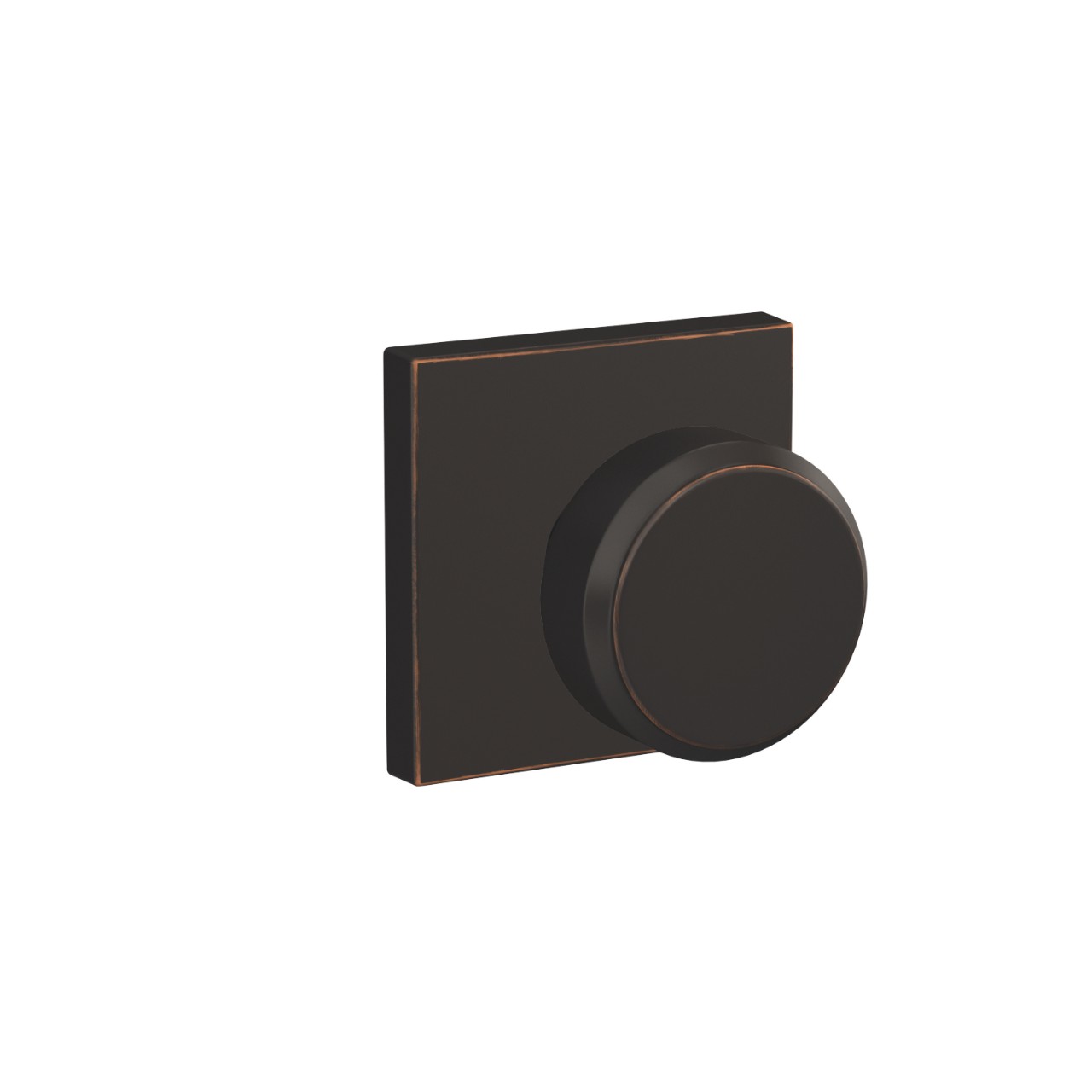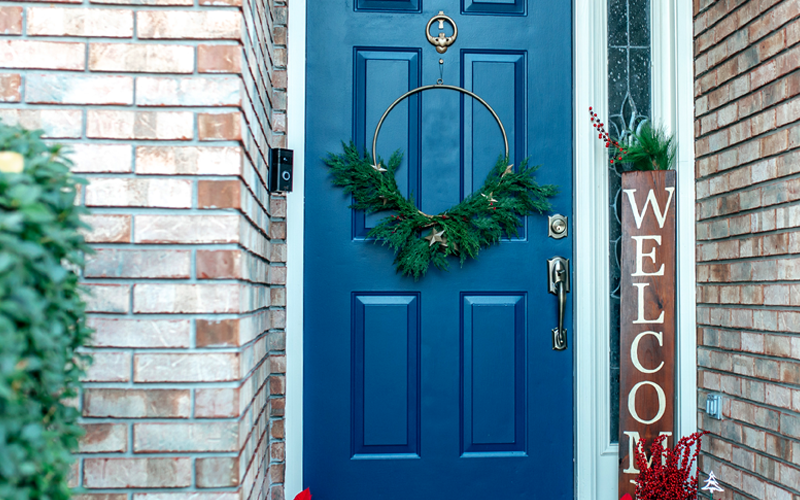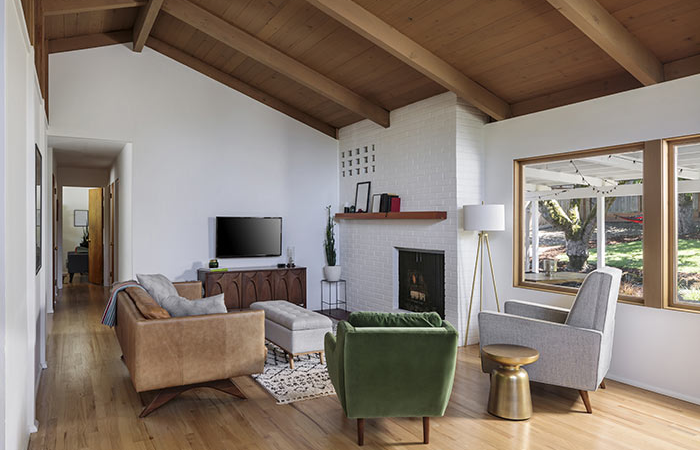

Mid-Century Modern style took root after World War II at a time when homeowners started living the suburban American dream. For the first time, our homes were somewhere we could find new enjoyment. Our yards were large enough for a barbecue and personalized living space was within the average person’s reach.
Homes had large picture windows and open-concept floorplans. Clean lines, both inside and out, were paramount. Furniture had gentle curves, making them cozier than traditional minimalism but less fussy or ornate than earlier Victorian design. These clean lines are also partly why ranch houses, with their flat and low-pitch roofs, came into their own in the 1950s.
Outside, we often see reinforced concrete block as the home’s exterior, sometimes creating a breezeway in warmer climates. Circular driveways, assuming the homeowner had enough room, were also a feature.
Mid-Century Modern Decor
Luckily, you don’t need to buy a 1950s home or even overhaul an entire room to get the Mid-Century look. Just incorporate some of these key pieces and you'll be on your way.
Bold Colors
For the Mid-Century-inspired look, there are a variety of colors that make it easy to work into your existing décor. For the less-adventurous, try sunflower or mustard yellow. If you're feeling more bold, try chartreuse, pumpkin, turquois, and even red.
Try this: Upholster a statement piece of furniture, such as a couch, in one of these hues and balance it with monochromatic décor in the rest of the room. If a chartreuse couch feels too much, try a smaller piece like an armchair.
Natural Wood
A key element of Mid-Century style is its earthiness. It’s part of why architecture of the time used so many big windows – to bring the outside in. Another way to use those organic influences is with natural woods, whether for furniture, cabinets or even wall panels (although that wouldn’t be our go-to unless you want to feel super-retro).
Try this: Look down. Wood flooring, especially parquet, is a good way to bring the natural wood of Mid-Century Modern into your home. It doesn’t have to be true hardwood. Choose the right material and it will not only look fabulous but also be easier to clean than carpet.
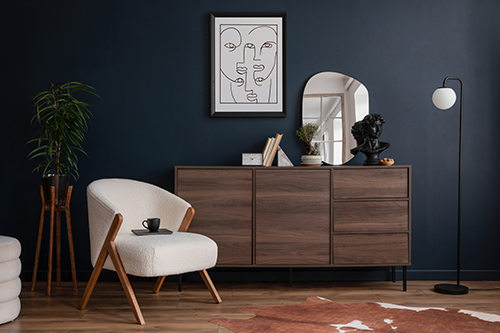
Tapered Legs
Mid-Century Modern furniture is often most recognizable by its legs. They’re on the narrow side, tapered and tend to flare out. Some style experts recommend this style of furniture leg if you have a small space that you’re trying to make feel larger. By lifting the furniture up off the floor, you create open sightlines and the illusion of having more room.
Try this: You can buy furniture that already has tapered legs. Or you can try a DIY IKEA hack. In this project from Apartment Therapy, an IVAR cabinet was dressed up with some paint, glam hardware and classic Mid-Century legs to go from boring to party-ready.
Pendant Lighting
Take a cue from our Mid-Century style and switch to pendant lighting. The shades are often domed or ball-shaped and made of glass or other structured material. This could be a fun place to add one of the accent colors we mentioned earlier, too.
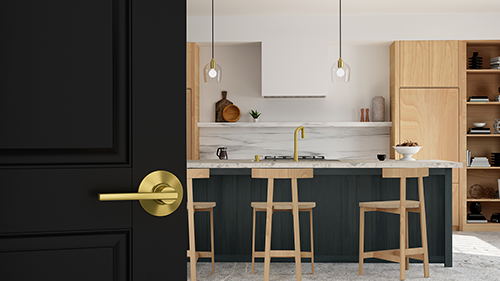
Try this: Hang a series of pendant lights over a kitchen island. The origins of Mid-Century Modern style are in functionality, and extra lighting over a meal prep or dining area does the trick.
Other details, including door hardware, can not only help you create the look in the first place, but when paired with those other accessories, keep your overall style looking cohesive. For example, the clean lines of the Schlage Latitude Lever, pictured above, make a strong geometric statement.
Want to learn more about trending home design styles? Head over to our Style section where we post quarterly updates about what's trending.
Related Products
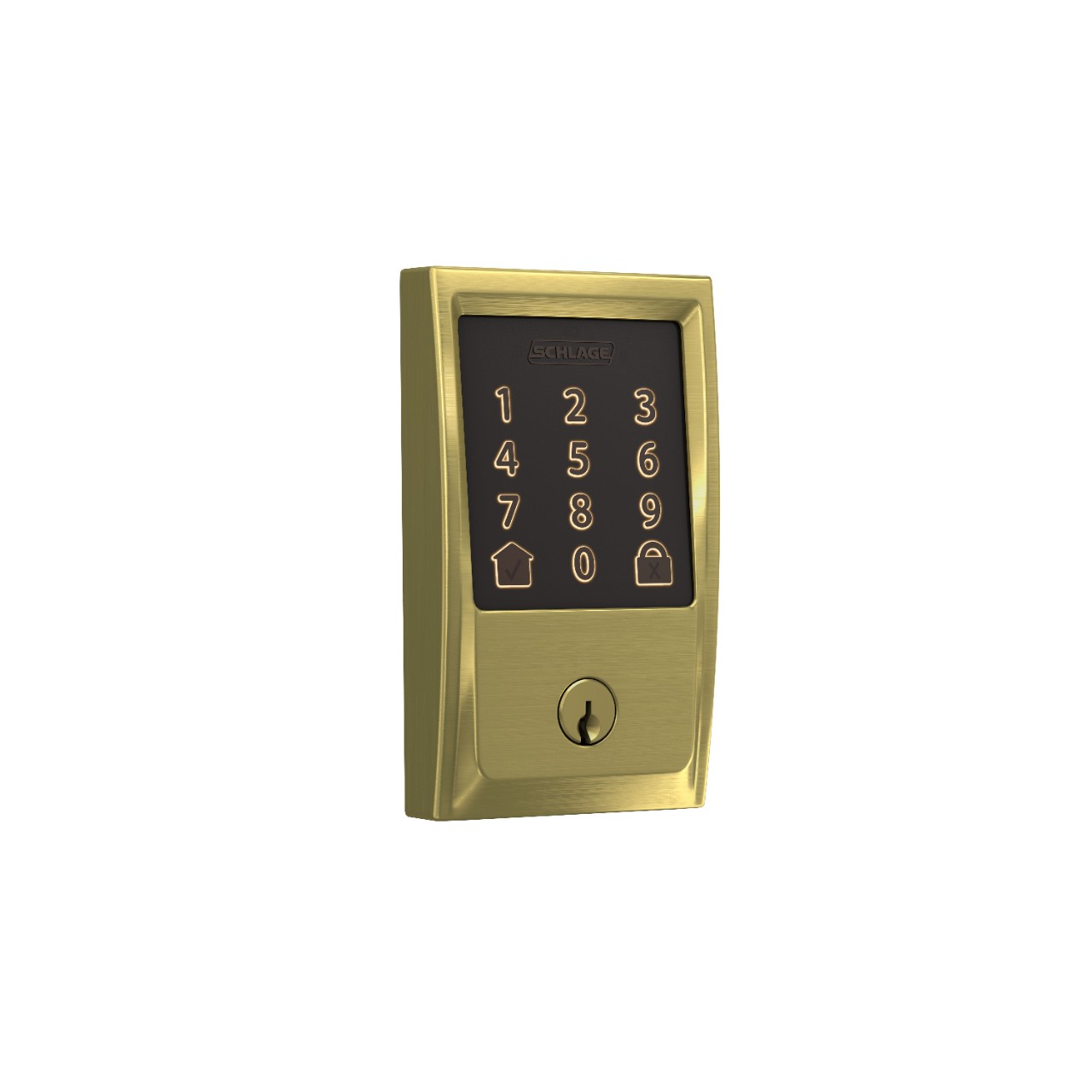
Schlage Encode™ Smart WiFi Deadbolt
Century TRIM
From $274.00
From $274.00
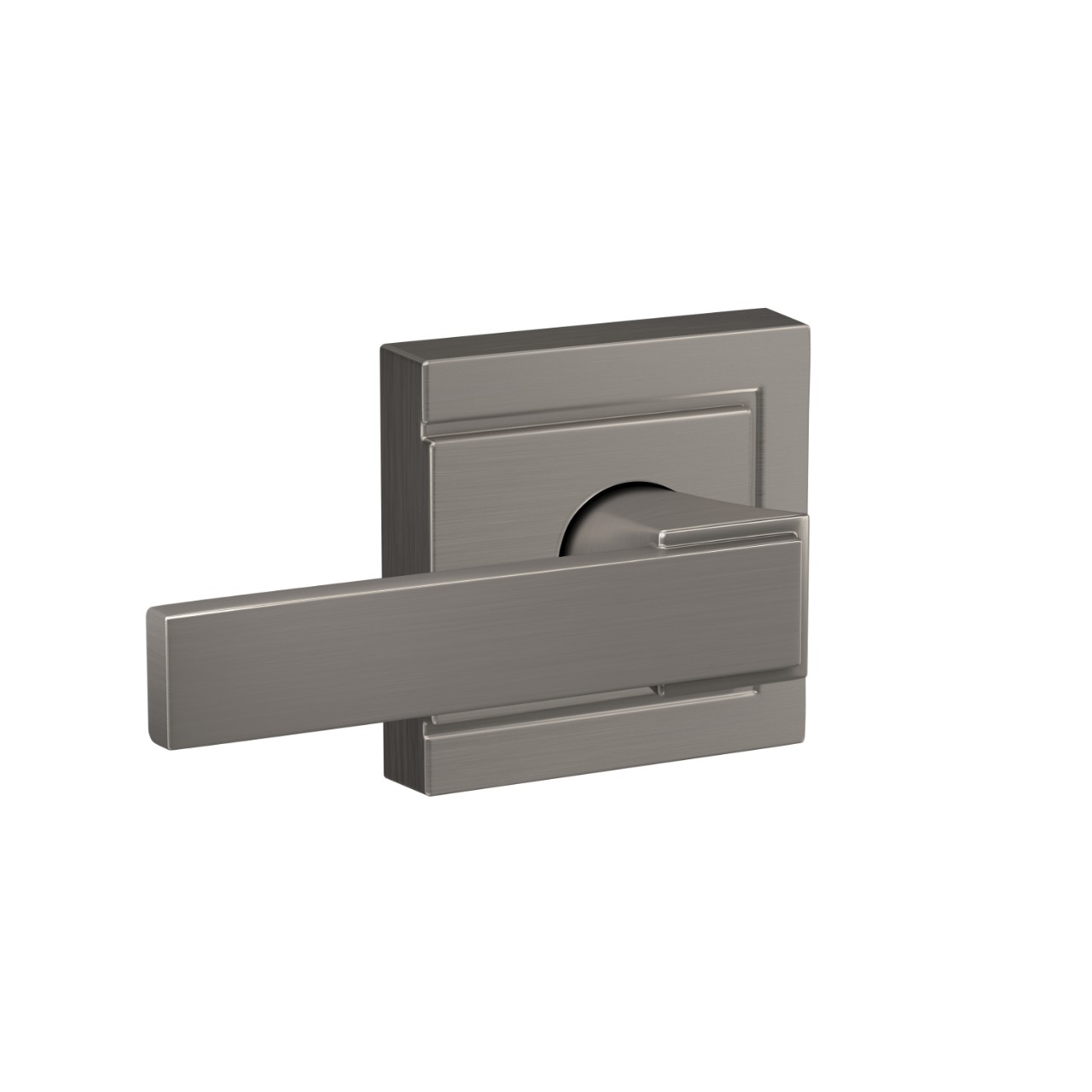
Northbrook Lever Hall & Closet Lock
Upland TRIM
From $43.99
From $43.99

Latitude Lever Hall & Closet Lock
Standard TRIM
From $38.99
From $38.99
Unlock more ideas
Never miss a beat - get the latest product updates, style tips and DIY tutorials sent right to your inbox.

